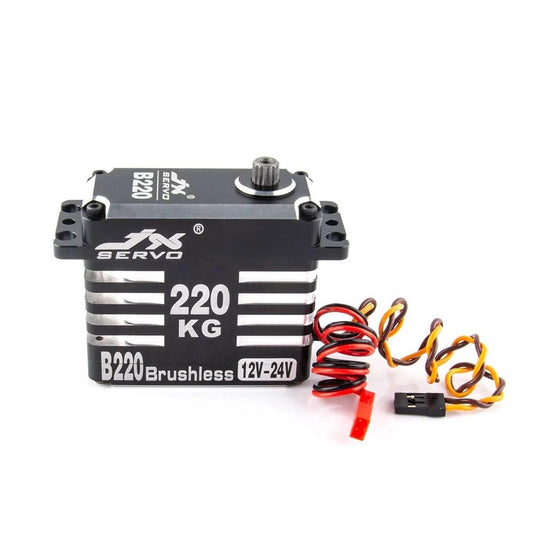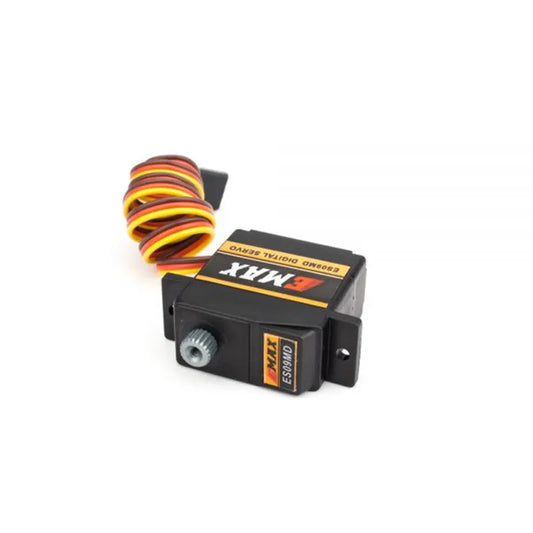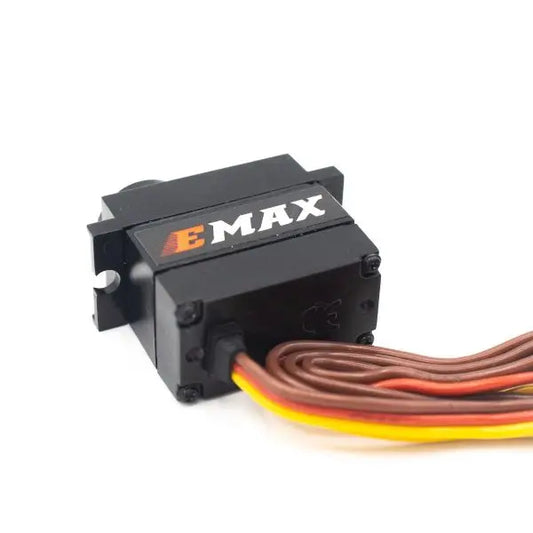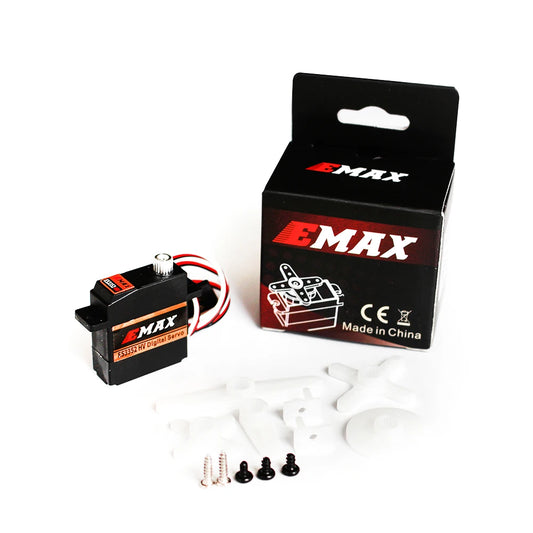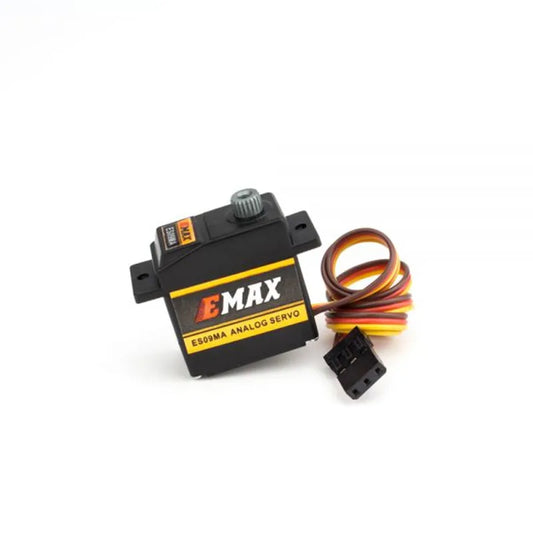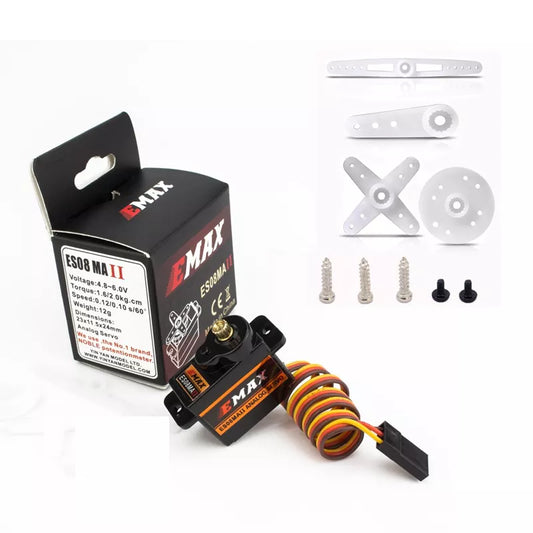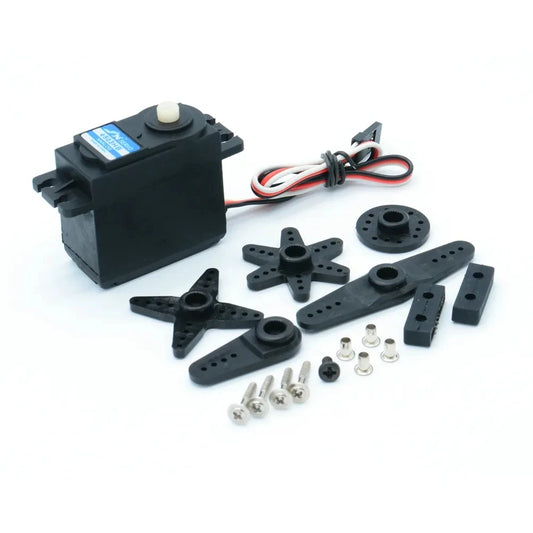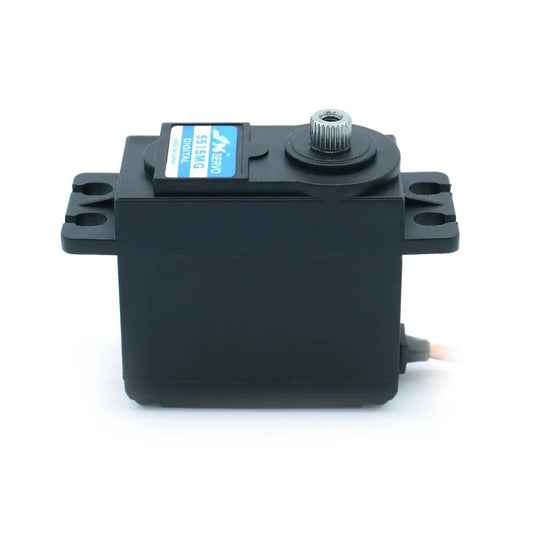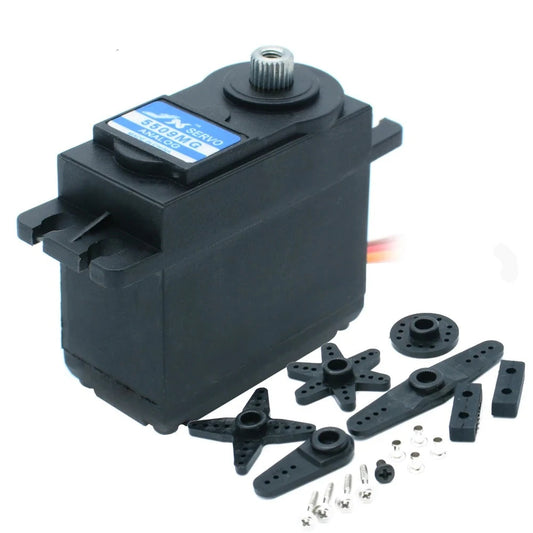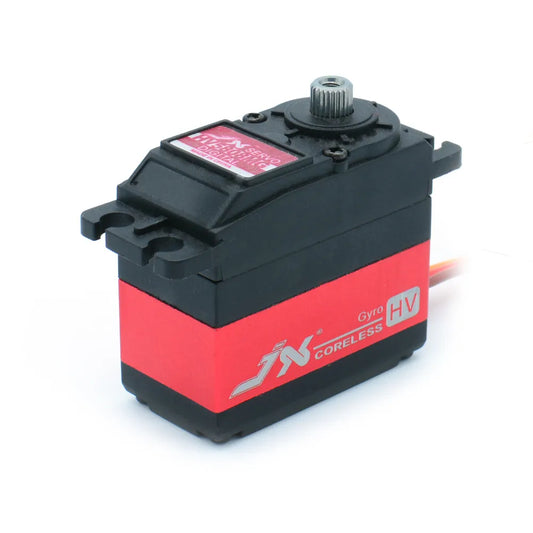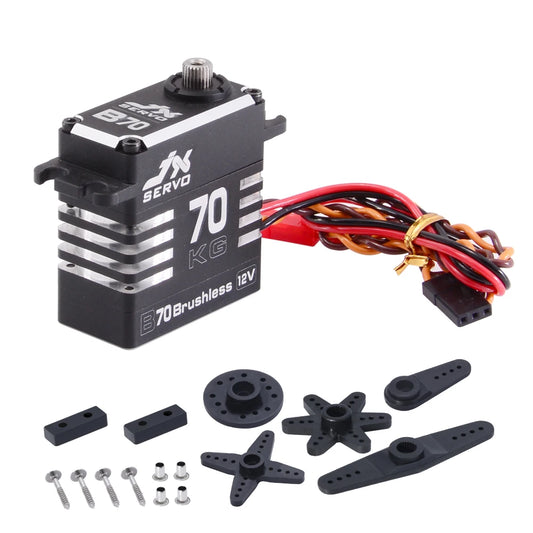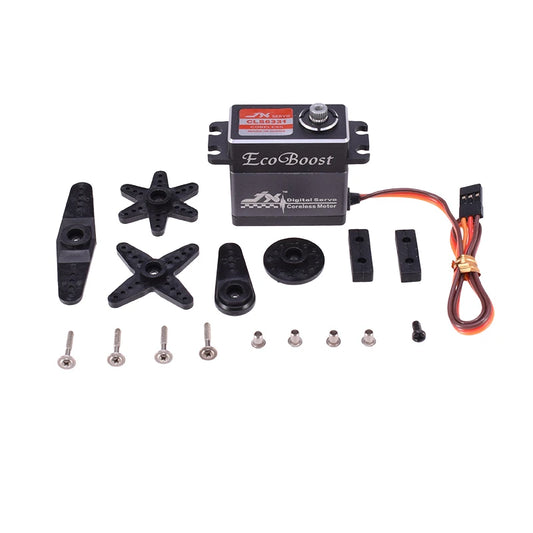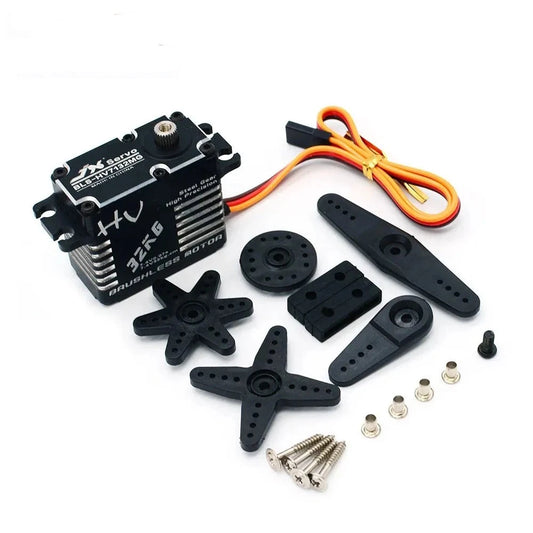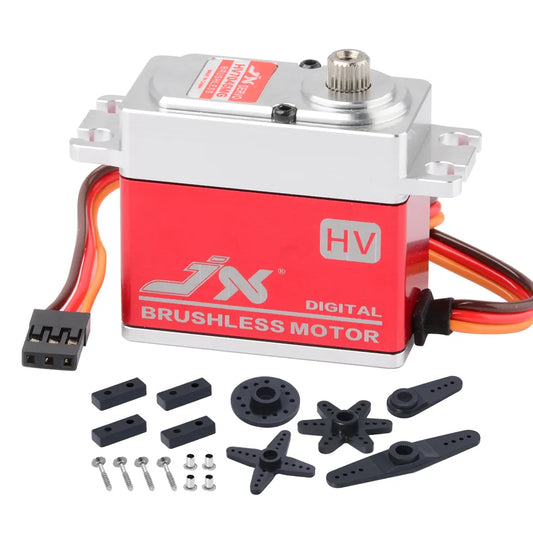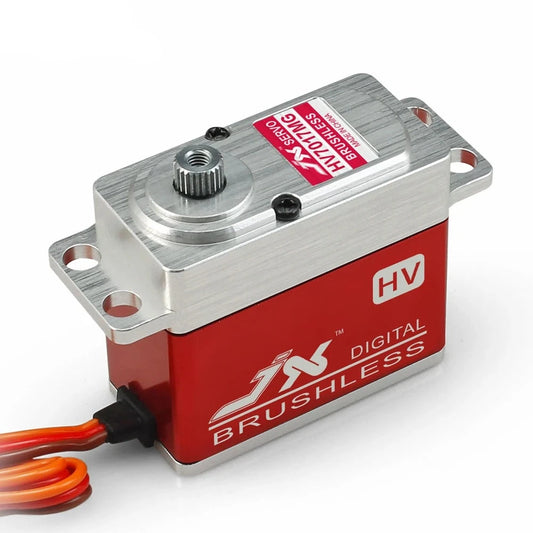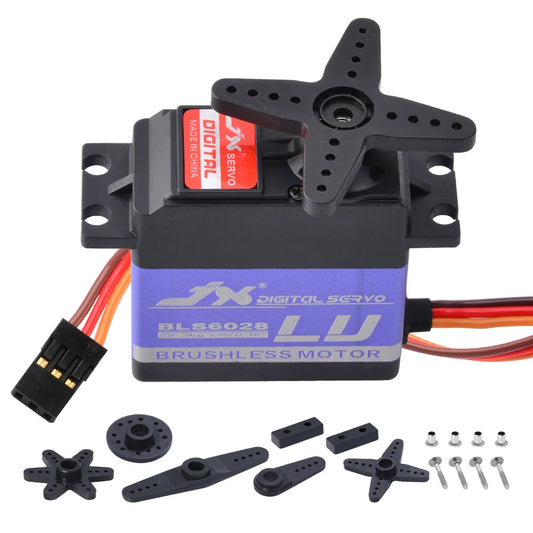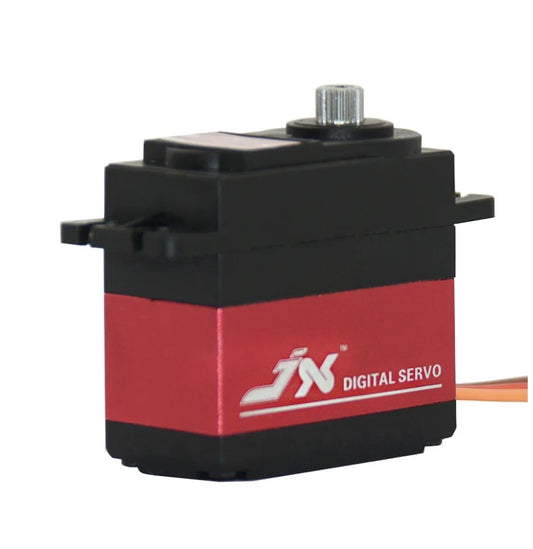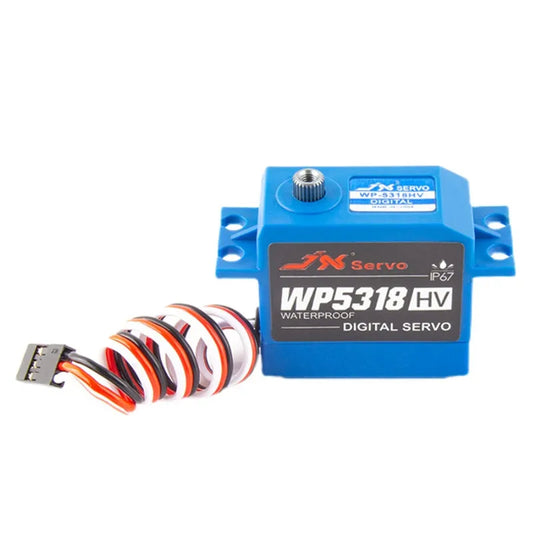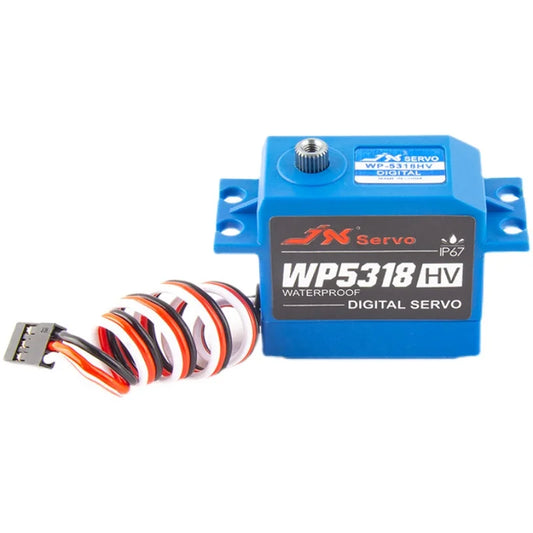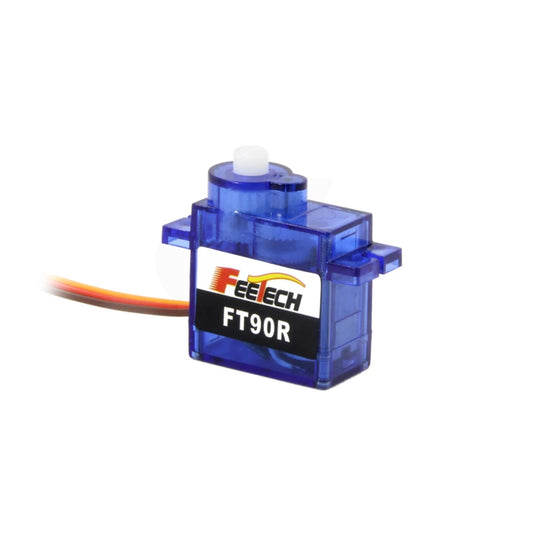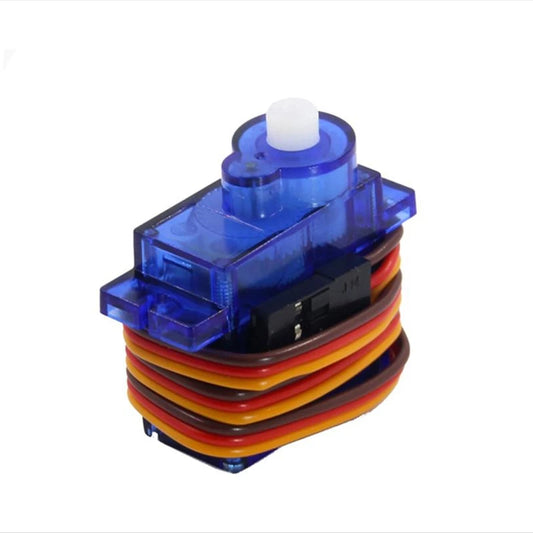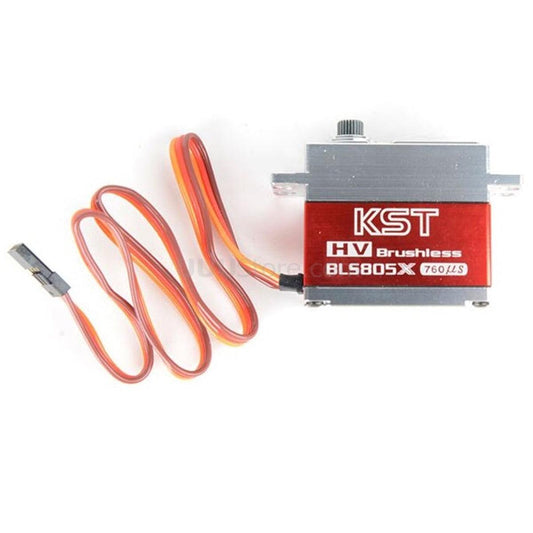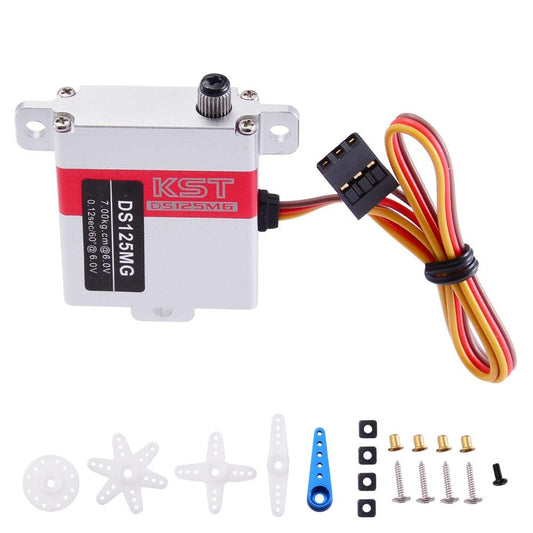-
Mayatech MT10PRO 10KG Motor Thrust Tester - Propeller Power Tension Measurement For RC Model Racing Drone
Regular price From $80.40 USDRegular priceUnit price per -
JX B220 220KG 12-24V High Torque Servo for 1/5 RC Car Steering Gear Robotic Helicopter Industry Brushless Servo For Rc Drone
Regular price $269.98 USDRegular priceUnit price per -
GXservo HS-1005SGT 150KG Servo - Large Torque 12V-16.8V High Voltage CNC Aluminium Shell Metal Gear Brushless Waterproof RC Car boat Drone Big Models
Regular price $164.00 USDRegular priceUnit price per -
GXServo HS-1005SGT 200KG Brushless Servo - All Metal Digital High-voltage Robot Arm RC Car Drone Servo
Regular price $279.00 USDRegular priceUnit price per -
OCServo OCS-D2002 250KG.CM @30V 405g CNC Digital Brushless PWM CAN 485 High Torque Servo Steel Gear for UAV Drone
Regular price From $35.42 USDRegular priceUnit price per -
HappyModel HD-S006 Servo - 6KG Digital 180Degree 5V-8.4V Servo with Universal Plug for JR Futaba RC Airplane Helicopter Drone
Regular price $14.35 USDRegular priceUnit price per -
Happymodel S110WP Servo - 11.1V 14.8V 110kg Metal Gear High Torque IPX6 Waterproof Giant Scale Servo for Drones
Regular price $159.79 USDRegular priceUnit price per -
EMAX ES09MD (Dual-bearing) Specific Swash Servo for 450 Helicopters FPV Racing Drone
Regular price $77.24 USDRegular priceUnit price per -
EMAX ES3452 Metal Gear Digital servo use in TRX vehicles for FPV Drone
Regular price $36.92 USDRegular priceUnit price per -
EMAX ES3352HV - All-Purpose High Voltage 12G Metal Gear Digital Standard Servo For RC Car Robot Airplane Drone Aicraft Toy
Regular price $74.76 USDRegular priceUnit price per -
Emax ES09MA - (Dual-Bearing) Specific Swash Servo for 450 Helicopters RC Plane Fpv Racing Drone
Regular price From $18.10 USDRegular priceUnit price per -
EMAX ES08MA II - 4.8v 1.6kgf.cm 6v 2kgf.cm 12g Mini Metal Gear Analog Servo For RC Plane FPV Drone Racing
Regular price From $8.47 USDRegular priceUnit price per -
JX Servo PDI-4503HB/PS-4503HB - 3.95kg Plastic Gear Standard Digital/Analog Servo For RC Car Boat Racing Drone
Regular price From $10.90 USDRegular priceUnit price per -
JX Servo PDI-5515MG - 15KG Metal Gear Large Torque Digital Servo For 1:8 1:10 REMO RC Car Airplane Drone Accessories Parts
Regular price From $14.95 USDRegular priceUnit price per -
JX Servo PS-5509MG - 4.8-6.0V 9.35kg Metal Gear Analog Core Servo JR Plug Dual Ball Bearings For RC Car Boat Drone Models Accessories
Regular price From $13.96 USDRegular priceUnit price per -
JX Servo PDI-HV5808MG - 8.4V 7kg High-Voltage Digital Narrow Frequency Tail Locking Hollow Cup HV Gyro Coreless Servos For Rc Drone
Regular price $44.90 USDRegular priceUnit price per -
JX Servo B70 - 12V 72KG Full Metal Brushless High Quality Servo for RC Racing Drone Spare Part
Regular price $121.48 USDRegular priceUnit price per -
JX Servo Ecoboost CLS6331 - 30KG High Torque Servo 180 Degree CNC Shell Metal Gear Coreless Digital Servo For RC Car Robot Drone Parts
Regular price From $38.62 USDRegular priceUnit price per -
JX Servo BLS-HV7132MG - 32KG 7.4V 0.07sec High Speed Precision Steel Gear CNC Digital Brushless For RC Car Robot Airplane Drone
Regular price $57.22 USDRegular priceUnit price per -
JX Servo BLS-HV7046MG - 46kg Brushless HV Digital Standard Servo Metal Gear Digital Drone Aircraft Servo RC Helicopter Parts
Regular price $68.00 USDRegular priceUnit price per -
JX Servo BLS-HV7017MG - 17KG 6-8.4V High Precision Metal Gear Digital High Voltage Brushless Standard Servo for RC Drone
Regular price $100.30 USDRegular priceUnit price per -
JX Servo BLS6028 - 6V 28kg 0.12 sec/60° 120° High Torque Metal Tooth Digital Brushless Servo For RC Car RC Drone Aircraft Parts
Regular price From $41.62 USDRegular priceUnit price per -
JX Servo PDI-6115MG - 15kg 6V 0.126Sec High Speed Standard Digital Coreless Servo For RC Car Boat Racing Drone
Regular price $45.00 USDRegular priceUnit price per -
JXServo WP5318HV - 18kg 6V-8.4V hv Full Waterproof Metal Gear Digital Servo 15kg For Rc Racing Drone/Robot/Speed Racing Car/Kitchen
Regular price $27.65 USDRegular priceUnit price per -
JXServo WP5318HV - 18kg Full Waterproof Metal Gear Digital Servo For Rc Racing Drone / Robot / Speed Racing Car Accessories
Regular price From $27.00 USDRegular priceUnit price per -
4PCS Feetech FT90R - 6V 1.5kg.cm PWM 360 Degree Continuous Rotation Digital Servo for Arduino Smart Car Robot RC Drone
Regular price From $10.59 USDRegular priceUnit price per -
FEETECH FS90R Micro Servo - 4.8V~6V 1.5kg 360 Degree Continuous Rotation Servo Motor For RC Car Drones Smart Car
Regular price From $15.00 USDRegular priceUnit price per -
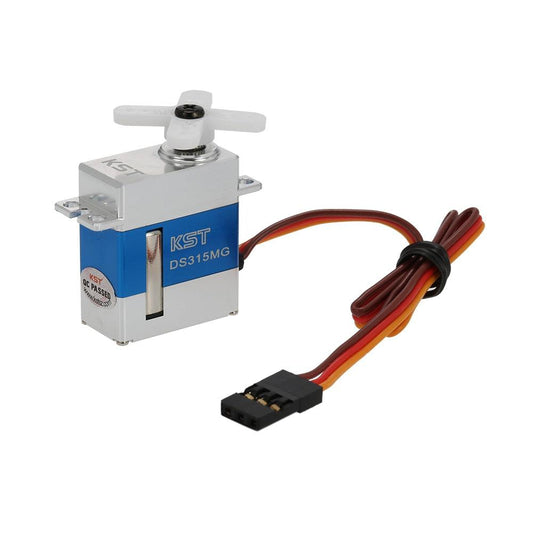
KST DS315MG 8.4V 4kg Metal Gear Mini Digital Servo Motor for Drone UAV Helicopter Airplane RC Models
Regular price $47.64 USDRegular priceUnit price per -
KST BLS805X HV Brushless servo High Voltage Metal Gear Servo for 550-700 RC heli Multicopter Drones
Regular price $93.87 USDRegular priceUnit price per -
KST DS125MG 7KG 6V High Torque Metal Gear Digital Servo for Fixed-wing FPV Drone UAV Helicopter Airplane RC Models
Regular price $48.91 USDRegular priceUnit price per

